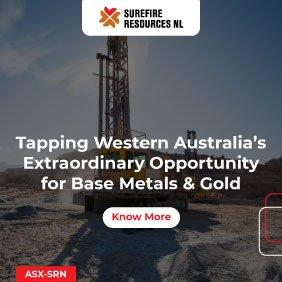Latest

Exploring Tax Havens: Countries Where Dividends Are Tax-Free
October 17, 2024 05:54 AM AEDT | By Sabitova Yaroslava

Expanding Global Partnerships: CIIE Promotional Events in Austral...
February 28, 2025 06:50 AM AEDT | By Business Wire

Fortune Minerals Provides NICO Project Commodity Update
February 28, 2025 06:22 AM AEDT | By Business Wire

Bacardi Launches Hospitality Accelerator Program To Elevate Bermu...
February 28, 2025 05:45 AM AEDT | By 3BL

Behind the Lens: How Taylore C.Y. Evans Turned a Passion into Her...
February 28, 2025 04:50 AM AEDT | By 3BL

Australia Colocation Data Center Portfolio Report 2025: Detailed...
February 28, 2025 04:10 AM AEDT | By Business Wire
Trending
Crypto
View AllData provided by CoinMarketCap.com. & delayed by few minutes. Read Disclosure
ASSETS
| Index | Price(USD) | Change |
|---|











